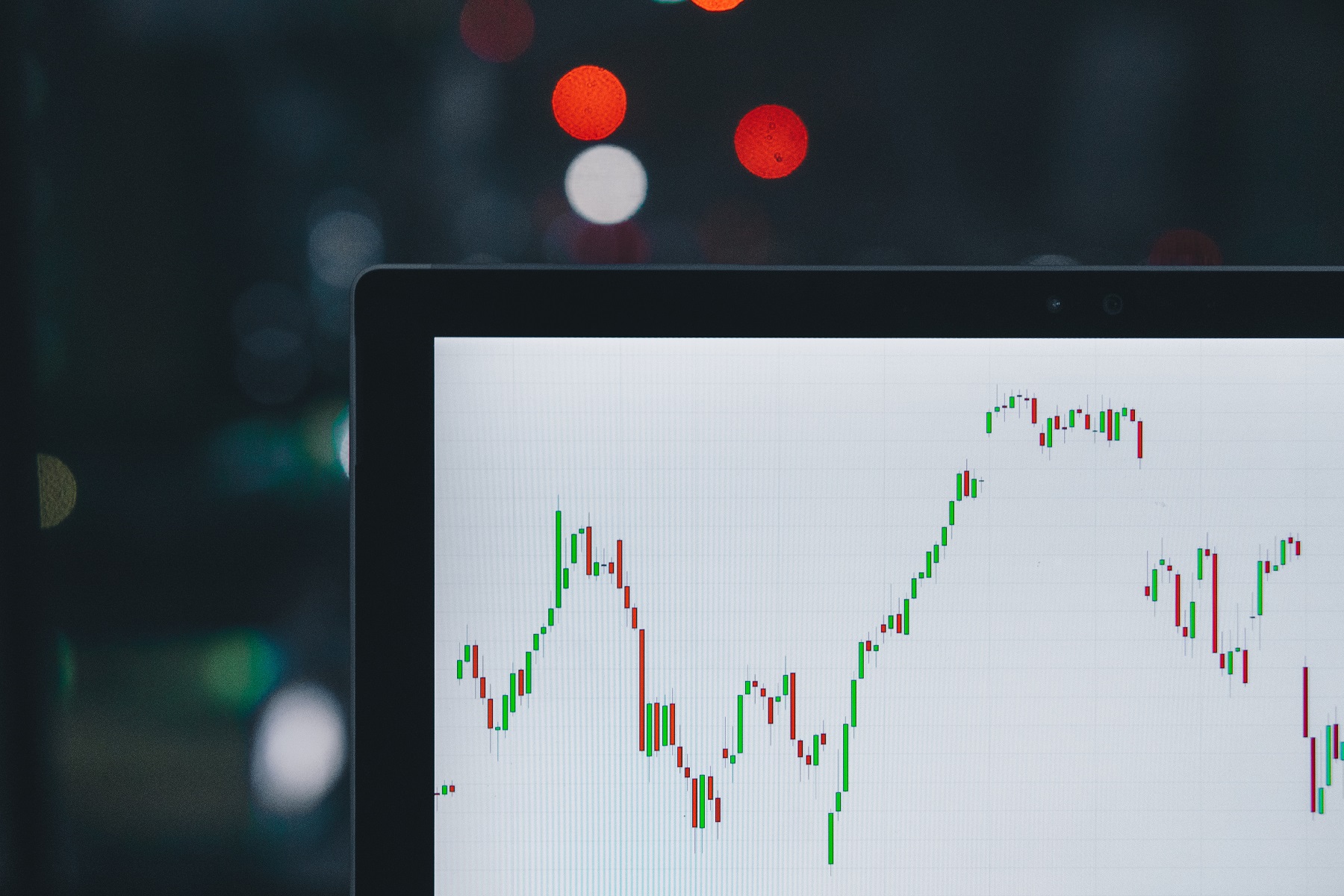Since mid October, the Bitcoin price was rapidly climbing from ~USD 11.5k to its current price of ~USD 18k. As such, it is widely anticipated that Bitcoin might continue its appreciation, surpass the 20k mark and thus set a new ATH.
We can draw from several factors to contextualize and partially explain the rally of Bitcoin. However, none of these factors will fully explain the past price development on their own – let alone allow for any forecast about Bitcoin’s future price.
Most importantly, Bitcoin is widely perceived to be a hedge against inflation. It is plausible to assume that governments will follow the calls of institutions such as the IMF and continue to provide economic relief for COVID-19 scarred economies. Such policy action would, however, come at the danger of further increasing inflation and thus increase the flight into safe-haven assets.
This flight into safe-haven assets already seems to be on its way, with gold currently yielding 23% year-to-date. Its perceived digital equivalent, Bitcoin, is seeing a similar, yet very pronounced trend with YTD returns of ~248%. Besides outspoken institutions such as Michael Saylor’s MicroStrategy, several institutions have been quietly adding Bitcoin to their balance sheets.
The often-times overlooked supply factors play, however, an equally important role in explaining or enabling the recent Bitcoin rally. These endogenous factors describe the market-internal developments, such as market infrastructure and regulation and the available financial products and services.
- Over the last three years, an increasing regulatory certainty enabled the entrance of licensed custodians, which are now at the center of a prime brokerage industry and are absolutely crucial in enabling companies to hold Bitcoin. Grayscale Bitcoin Trust, for example, now holds 515k BTC in their trust and is rapidly growing (i.e. +25k BTC over the last 14 days).
- The process of entering the market is streamlined as various on-ramps with support for a broad range of currencies and generally improved UI/ UX are now readily available.
- Similarly, pricing is now benefitting from a deep futures and derivatives market that is shared across various market participants. Bitcoin’s open interest (composed of both futures and perpetual contracts) recently reached its ATH and is above $6 bn.
- Highly liquid assets (i.e. stablecoins ), large OTC desks, several licensed exchange platforms and even decentralized exchanges with guaranteed match-making (e.g. Uniswap with BTC tokens on Ethereum) are all in place to give investors the ability to access Bitcoin and liquidate their positions if required.
Put simply, the market ecosystem and its plumbing matured over the last three years. Now, that increased macroeconomic uncertainty might have driven people and institutions to take a second look at Bitcoin and the whole crypto ecosystem, the picture is a different one.
It is possible for companies to be compliant with local jurisdictions and own bitcoins. It is possible to construct complex positions via derivatives. It is now possible to access deep liquidity, both on-chain and via OTC desks and have high-quality, up-to-date on-chain data. Many of the factors an investor might be looking for in an emergent market are thus now present and will support the ecosystem going forward.
Binance Research

Binance Research provides institutional-grade analysis, in-depth insights, and unbiased information to all participants in the digital asset industry.






